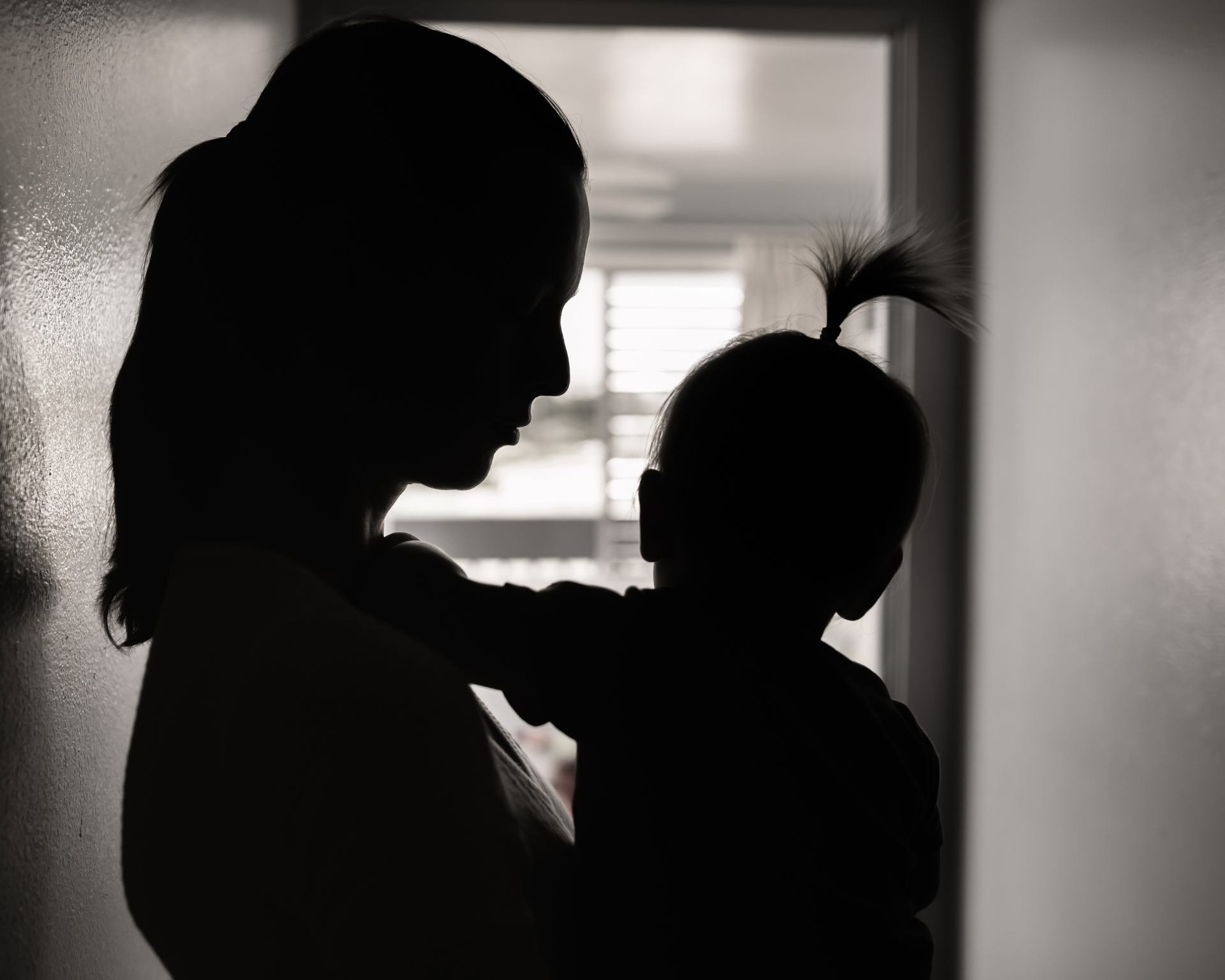Born Into Stress: How Maternal Mental Health Shapes Child Behavior
Higher maternal stress, anxiety, and depressive symptoms during pregnancy are associated with higher negative temperament in children.

Read Time: 4 minutes
Published:
While it is difficult to find an exact number, experts estimate that about 1 in 6 women struggle with their mental health during pregnancy. These rates of mental health disorders vary depending on social factors like race and ethnicity, with historically marginalized groups having higher rates due in part to socio-economic challenges, racism, and cultural stigma. Maternal psychosocial well-being plays a crucial role in fetal and infant brain development, and psychological stress experienced during pregnancy and beyond has been shown to affect children’s behavior.
Mental health is comprised of interconnected factors like stress, anxiety, and depression. To add to the complexity, we all experience life and its stressors differently. Many research questions related to maternal mental well-being and its associations with child development have yet to be answered. Which of the many maternal stressors plays a key role in children’s behavioral development? Does this vary depending on maternal life experience as defined by their racial and ethnic identity?
My colleagues and I tried to answer these questions using data from a longitudinal birth cohort known as the Programming of Intergenerational Stress Mechanisms (PRISM) study. PRISM enrolls women in early pregnancy, and their children are followed from birth through middle childhood to examine how stress and other environmental exposures during pregnancy affect child development. While pregnant, women completed a series of questionnaires and provided biological samples to assess their stress levels and other environmental exposures (e.g., heavy metals). After birth, mothers completed multiple surveys about their child’s behavioral development. When their children were between the ages of 3 and 5 years, mothers completed surveys about temperament.
If differences in stress risk factors by maternal race and ethnicity are not considered in future research, important determinants of child mental and behavioral health development could be overlooked.
In this analysis of 382 mother-child pairs, we considered each stress measure individually and together by creating a stress index using data from several of these surveys that asked about lifetime and current traumatic life events, current anxiety, and depressive symptoms.
We found that higher maternal lifetime stress, anxiety, and depressive symptoms during pregnancy led to greater negative affectivity in children. Negative affectivity includes behaviors reflecting fear, sadness, and frustration. When considering the association of the stress index with negative affectivity, we observed that maternal lifetime stress was the strongest contributor in women who self-identified as Hispanic and White. For mothers who self-identified as Black, depressive symptoms were the strongest contributor.
These results add to an evolving literature documenting racial and ethnic differences in stress experiences and how maternal mental health plays a role in children’s mental and behavioral development. Because we were also able to examine these associations in each racial and ethnic group separately, we confirmed prior studies suggesting that stress exposures and consequent psychological response in pregnant women may differ among Black, Hispanic, and White women in the U.S. Specifically, we found that Black and Hispanic women reported significantly higher levels of lifetime trauma compared to White women.
When assessing those who had high levels of depressive symptoms as defined by the clinical cut-off, we observed that over half were women who self-identified as Black. This may explain why depressive symptoms were the strongest contributor for Black mothers when we examined the association between the stress index and negative affectivity.
These findings have implications for improved targeting of maternal mental health screening and treatment in prenatal health care. They also highlight the importance of tailoring interventions specific to the individual’s lived experience, which may differ across race and ethnicity. If differences in stress risk factors by maternal race and ethnicity are not considered in future research, important determinants of child mental and behavioral health development could be overlooked.



